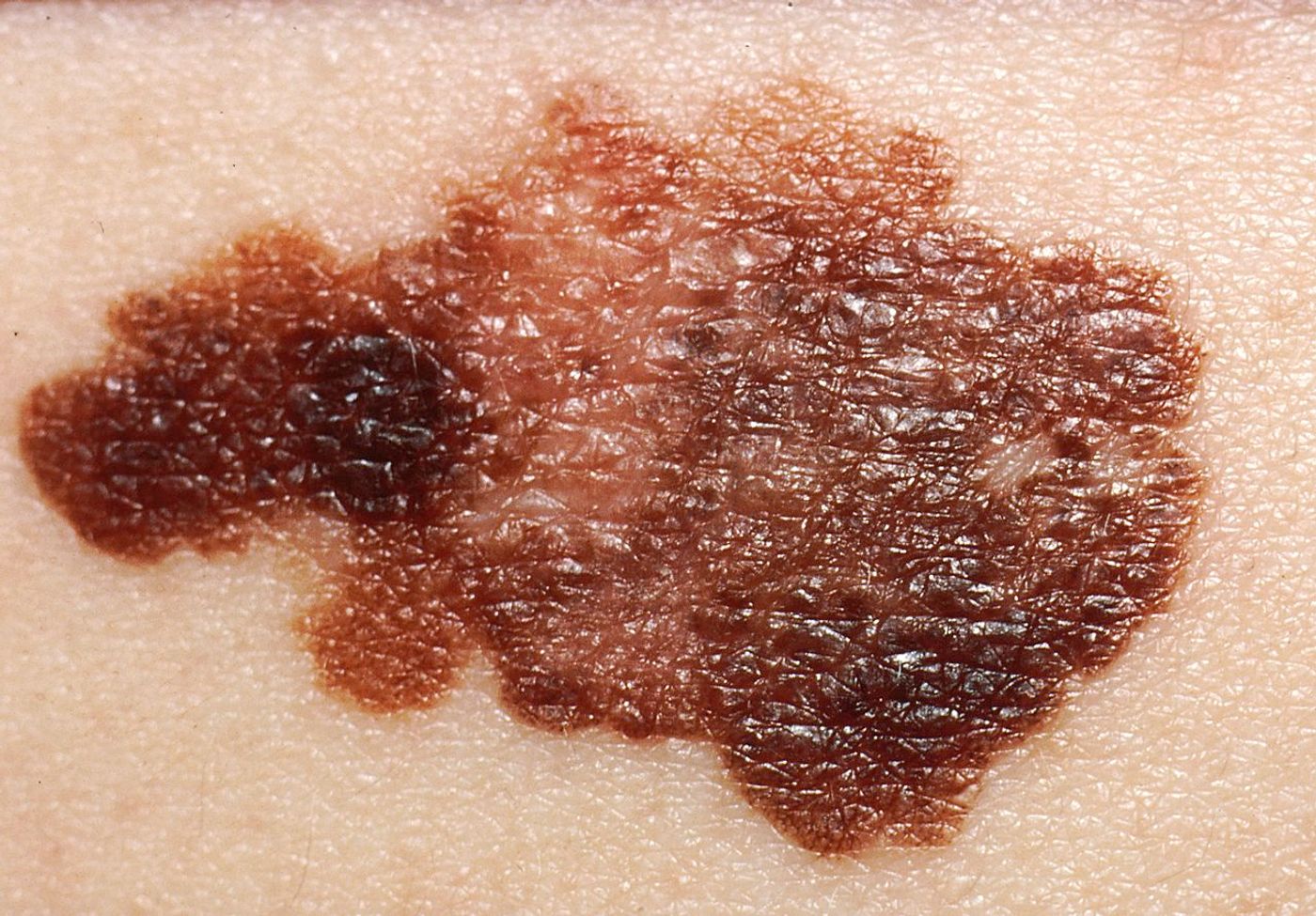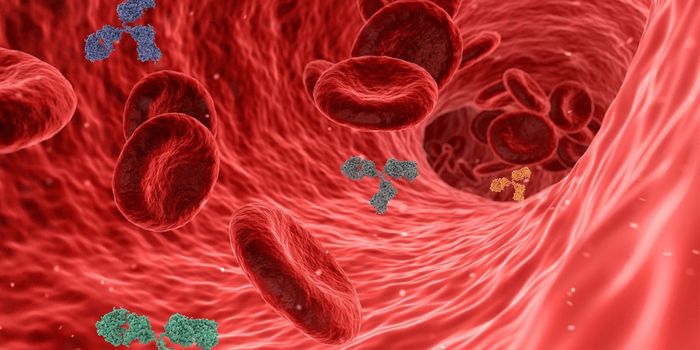B cells and T cells are not the only immune cells with memory capabilities, scientists have discovered. Natural Killer (NK) cells have been shown to remember certain pigmented cells, and researchers from a new study are learning to harness NK cell memory to develop new treatments for malignant melanoma.
NK cells are a part of the innate, non-specific immune system that responds first to invading pathogens and abnormal cell growth. NK cells can recognize and kill abnormally growing cells, making them a prime target for evasion by cancerous cells.
Pigmented skin cells offer protection from ultraviolet radiation, like rays from the sun. When a person spends time tanning their skin to achieve a certain skin color, an enzyme called tyrosinase forms inside pigmented cells from the ultraviolet ray exposure from sunshine.
Malignant melanoma, the most dangerous form of skin cancer, can occur when ultraviolet radiation, like the rays that make skin a tan color, damages DNA and cells continue to divide without repairing the damage. Rapid cell division of these damaged cells leads to the formation of malignant tumors. NK cells are specifically designed to kill these types of cells, but sometimes cancer finds a way to evade detection. In a new study published in
Immunity, researchers from the University of Bonn and the Ludwig-Maximilians-Universitat of Munich devised a clever system for bringing out the memory power of NK cells to target abnormal pigmented skin cells.
In some cases when tyrosinase forms inside pigmented cells, an organic chemical called monobenzone binds to the enzyme and triggers a stress reaction. The immune system, namely NK cells, is then activated to attack the pigmented cells with monobenzone-tyrosinase pairs. This immune response results in milky-white unpigmented areas on the skin, a disease called vitiligo. People with this skin disease are less likely to develop malignant melanoma due to the enhanced activity of pigmented cell-targeting NK cells, which is exactly the effect the scientists from this study were looking for.
The approach developed from all their observations then lead to this plan: triggering vitiligo with low doses of monobenzone to block tyrosinase enzymes, what Dr. Jasper van den Boorn from the University of Bonn considers a “less severe disease as a weapon against malignant melanoma.”
The next question the researchers posed was this: how does the immune system recognize the blocking of tyrosinase by monobenzone as a reason to cause disease, but cases of metastatic melanoma often go undetected by the immune system?
From conducting experiments with mice, the researchers saw that the interaction between monobenzone and tyrosinase produces a hapten, a small molecule that prompts an immune response when it binds to a specific protein. Next, the NLRP3 inflammasome, an immune checkpoint that activates in order for natural killer cells to be signaled to look for and kill abnormal cells, in this case pigmented cells growing uncontrollably. In mice with a dysfunctional NLRP3 inflammasome, the hapten produced from monobenzone blocking the tyrosinase enzyme did not prompt an immune response.
The results from this study provide scientists a new way to approach one of the deadliest types of cancer, as well as learning more about the pathology of vitiligo for people who might want to have their disease cured.
Sources:
University of Bonn,
Nature Immunology,
Methods in Molecular Medicine,
Skin Cancer Foundation











